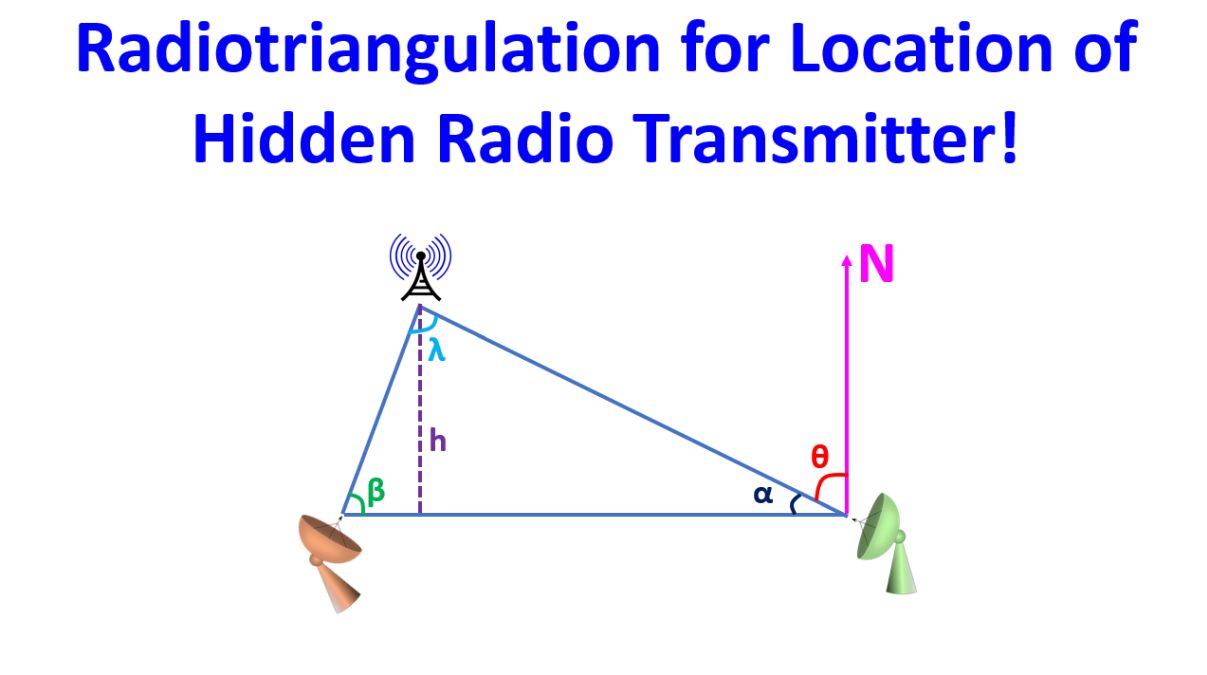Radiotriangulation for Location of Hidden Radio Transmitter!
Radiotriangulation is used for detection of hidden radio transmitters in an important radiosport among radio amateurs, popularly known as “Fox Hunt“. Two directional antennas operating from two locations can get the bearings of the signals from the hidden transmitter to get an idea of the location. Same method is used by government officials to locate unauthorized radio transmitters. Similar methods are used by armed forces as well, for obvious reasons. Radio direction finding is useful in ships and aircrafts for radio navigation. It can also be used to track wildlife using radio collars. As is well known for radio amateurs, lower frequency will require antennas of bigger dimension. In case of radio navigation, ships need larger antennas when the radio horizon is nearer so that longer waves which can travel beyond the horizon are needed. Higher frequency and shorter antennas can be used by aircraft when the horizon may extend hundreds of kilometers.
Another method of radio navigation used in aircraft was by tuning to non-directional beacons with known locations and commercial radio broadcasts. An automatic direction finder was used for that in 20th century. With availability of more advanced systems, non-directional beacons are being phased out gradually in most regions. Earlier radio direction finders used mechanically rotated antennas which compared signal strengths. Later systems used phased arrays which could be steered electronically for beam forming. Modern systems compare the phase of the received signals as well as Doppler techinques which can be automated more easily.

Diagram illustrates the use of two directional antennas to find the bearings of the transmitter. When the distance between the two antennas is known, when the angles of the signals from the hidden transmitter are obtained by rotating the directional antennas, it is only a matter of simple trignometric calculation to detect the approximate location of the hidden transmitter. Finding actual location while closing in on the hidden transmitter will need different type of antennas like loop antenna and ferrite rod antenna for more accurate location at short range.